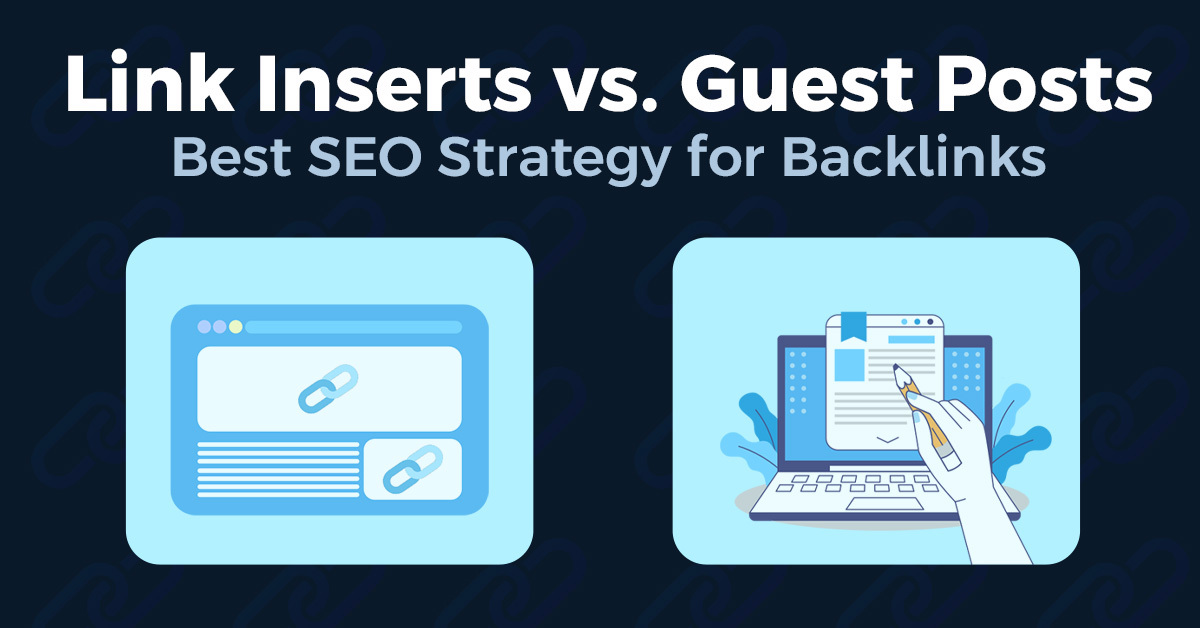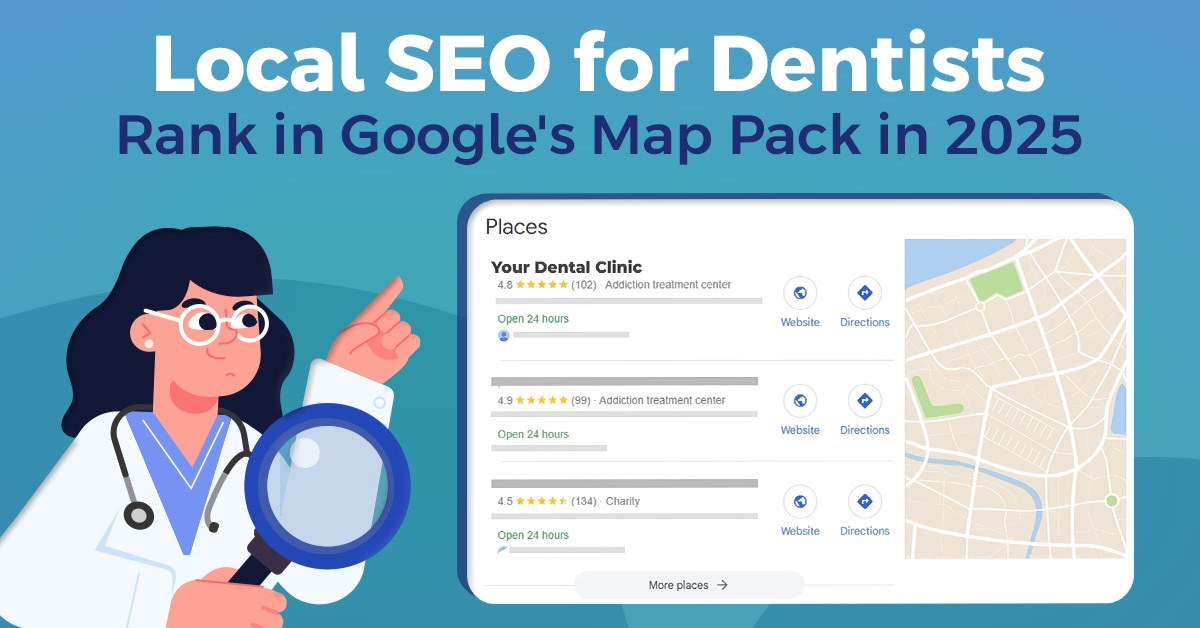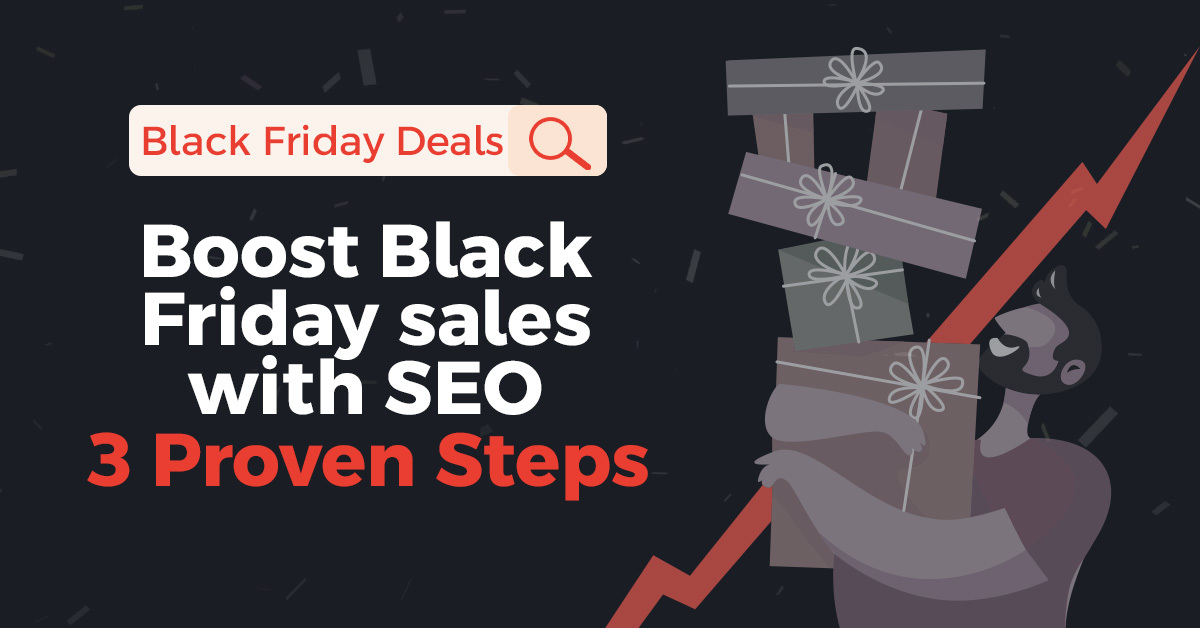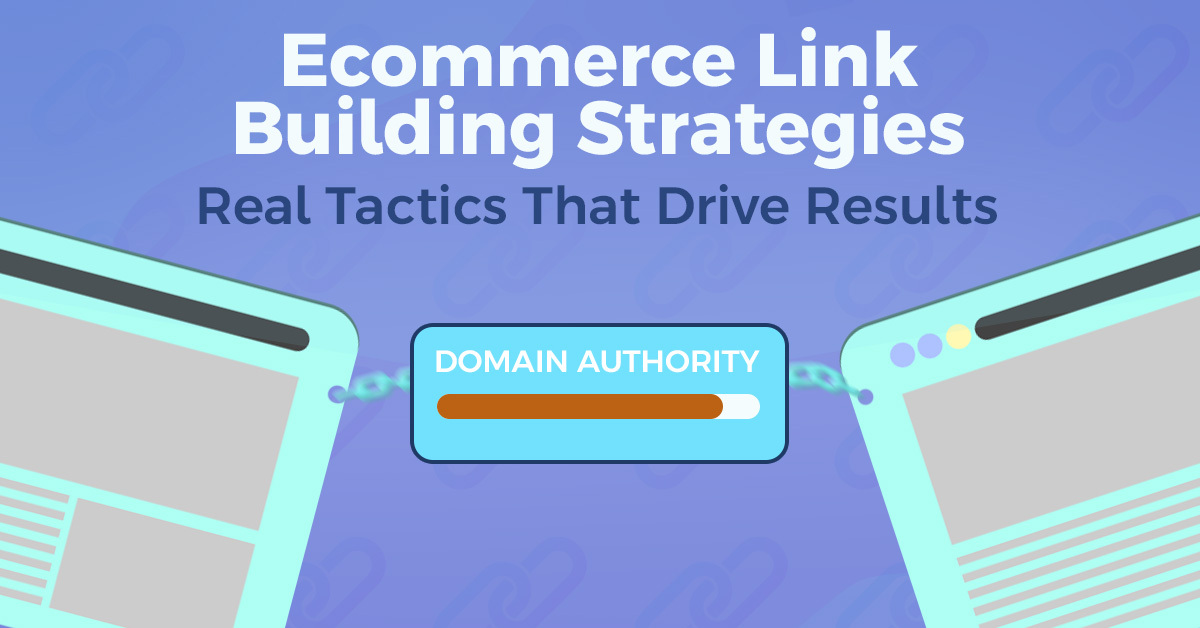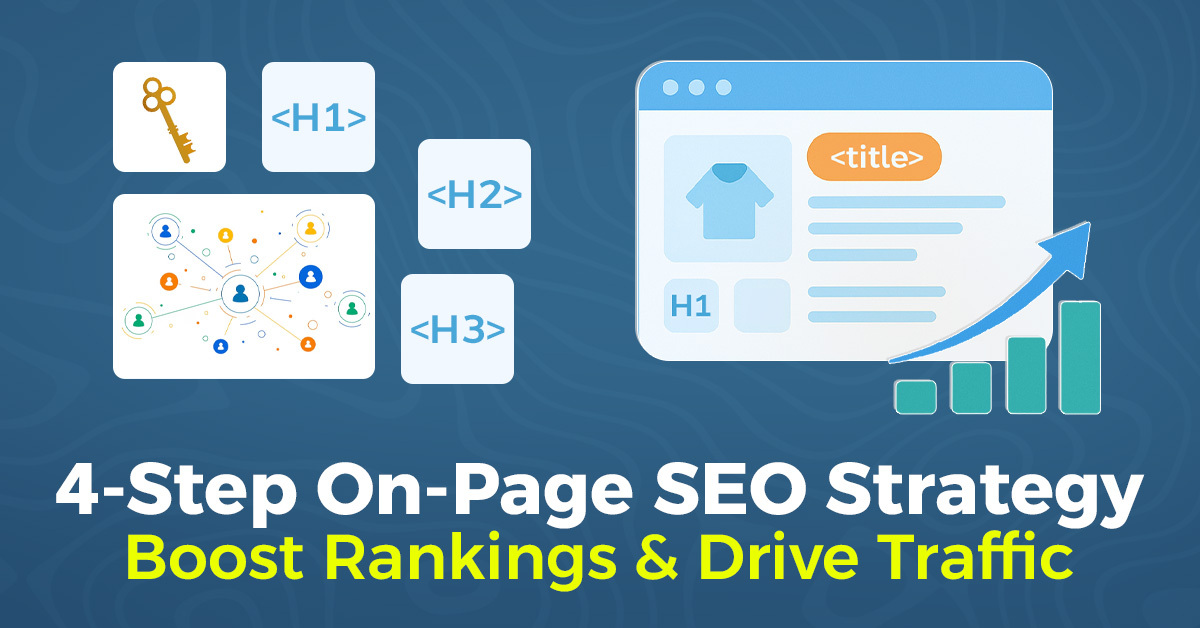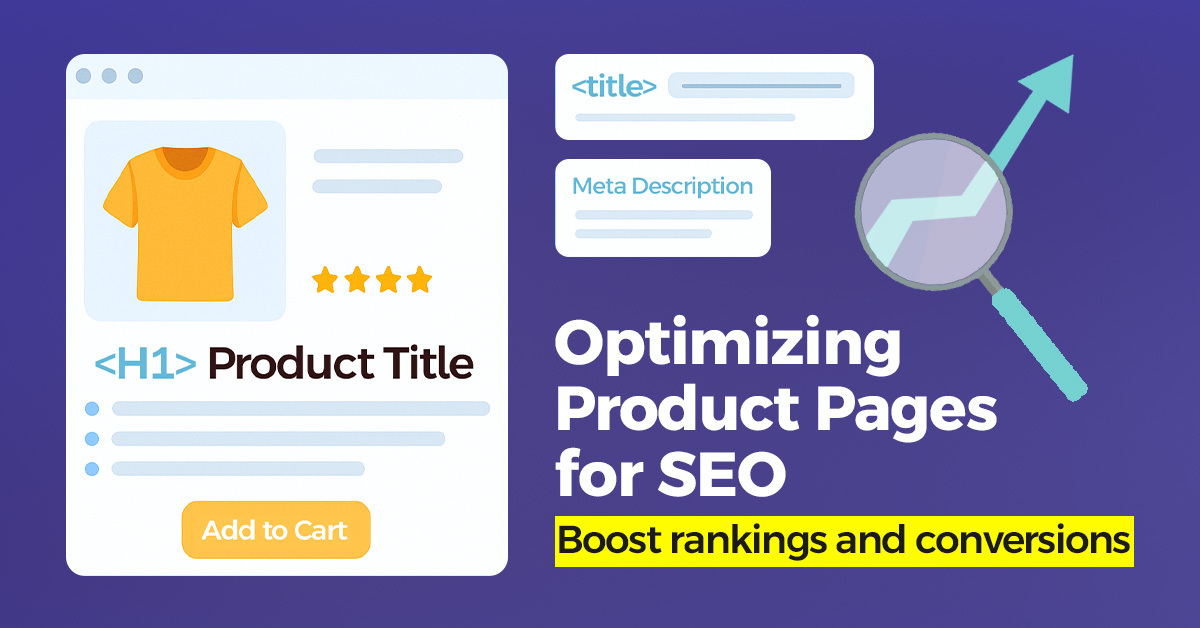Share on:
If you’re managing an eCommerce website, your product collection pages might be the most underutilized SEO assets in your arsenal. In this breakdown, we’ll explore how some of the world’s leading retailers—like IKEA, Mattress Firm, Walmart, and Wayfair—optimize their category pages to rank higher on Google and drive more revenue. We’ll cover real-world SEO strategies, show how these brands structure their content, and share a simple framework you can apply to your own site, an approach also emphasized by Patrick Rice.
Whether you’re an SEO beginner or a seasoned marketer, you’ll walk away with practical insights to improve your own category page performance.
Why Collection Page SEO Matters
Category pages often target high-volume, high-intent keywords like “twin mattress” or “dining table set.” These pages aren’t just helpful for user navigation—they’re crucial for search engine visibility and conversion rates.
Retailers like IKEA and Mattress Firm rank on Page 1 of Google because they follow foundational SEO best practices. Let’s look at exactly what they’re doing—and how you can replicate it.
What Top Retailers Get Right
1. Keyword-Optimized Title Tags and H1s
Every example reviewed in the video emphasized this point: your SEO title tag and H1 tag must include your primary keyword.
Example: IKEA’s Twin Mattress Page
- H1 Tag: “Twin Size Mattresses”
- Title Tag: “Twin Size Mattresses – Affordable & Comfortable”
✅ Takeaway: Choose a clear target keyword and keep it consistent across the title tag and H1. Avoid being too clever or vague—clarity wins in SEO.
2. Keyword Usage in H2s and Supporting Content
Beyond the H1, IKEA and others used H2 tags to include secondary keywords like “twin mattresses” (non-plural and plural versions). This supports Google’s understanding of the page and increases keyword relevance.
Pro Tip: Google does treat singular and plural forms differently, so consider including both when it makes sense.
3. Structured SEO Content Above and Below Products
These retailers add supporting paragraphs before and after the product grid to give Google more context.
Content Blocks Typically Include:
- Brief product summaries
- Keyword-rich paragraphs (200–600 words)
- Internal links to related categories (e.g., bunk beds, bed frames)
Example:
IKEA places a small block of SEO content above the product listings and a longer block below, including internal links and related terms.
4. Technical Elements That Matter
Top retailers also include several technical SEO elements that help with site crawlability and structure.
Key Technical Features:
- Breadcrumb Navigation: Helps users and bots understand site hierarchy.
- Subcategory Links: Show context and allow internal linking (e.g., “Mattress Protectors,” “Crib Mattresses”).
- Pagination: “Show more” buttons to load additional products dynamically.
- Internal Linking: Deep links to related products or categories.
5. Product Card Content Optimization
One standout strategy from Mattress Firm: they embed keyword-rich, crawlable content within product cards. These include phrases like:
- “Best for back and stomach sleepers”
- “Firm comfort”
- “Available for pickup in Midtown”
✅ Takeaway: Embedding crawlable content into product tiles is a clever way to boost on-page keyword density without cluttering the user experience.
6. Variation in SEO Content Placement
Not all retailers place their content in the same location. Mattress Firm, for example, uses less visible paragraph text and more keyworded descriptions inside product listings. This shows there’s flexibility depending on your design—but keyword inclusion is always present.
Other Examples:
- Wayfair: Includes SEO content and links below the fold.
- Walmart: Uses an expandable “Show More” button with keyword-targeted content underneath.
A Simple Template to Structure SEO Work
The video also introduced a simple framework used by the agency to organize on-page SEO efforts:
- Page Title: [Primary Keyword] | [Brand Name]
- URL Slug: /primary-keyword
- Primary Keyword: Target term (e.g., “twin mattress”)
- Secondary Keywords: Related terms (e.g., “twin size mattress,” “mattress for kids”)
- Word Count Goal: ~600 words
- Suggested H2s: Built around secondary keywords (e.g., “Create the Perfect Outdoor Dining Space”)
✅ Pro Tip: Use this structure to guide your keyword research and content layout for each collection page.
Final Thoughts & Next Steps
SEO for product category pages doesn’t have to be a mystery. Brands like IKEA, Walmart, and Mattress Firm follow proven strategies:
- Align title tags and H1s with target keywords.
- Structure content with keyword-rich H2s and paragraphs.
- Enhance crawlability with internal links and breadcrumbs.
- Add content within product tiles and below the fold.
If your store isn’t doing this, you’re likely missing out on serious traffic and revenue.
Ready to Improve Your Collection Pages?
At our agency, we help eCommerce brands scale organic traffic by implementing these exact SEO strategies. Whether you’re optimizing one page or building out dozens of new collections, we’ll walk you through every step.
👉 Contact us today for a personalized SEO audit and see how your collection pages can start performing like the best in the business.
Link Inserts vs. Guest Posts: Best SEO Strategy for Backlinks
How to Rank Your Dental Practice on Google in 2025: Local SEO Breakdown
How to 10X Your Black Friday Sales with SEO: A Proven 3-Step Strategy
Ecommerce Link Building: Simplified, Strategic, and Results-Driven
How to Master On-Page SEO: A Simple 4-Step Framework for Higher Rankings
How to Optimize E-commerce Product Pages for SEO Success
